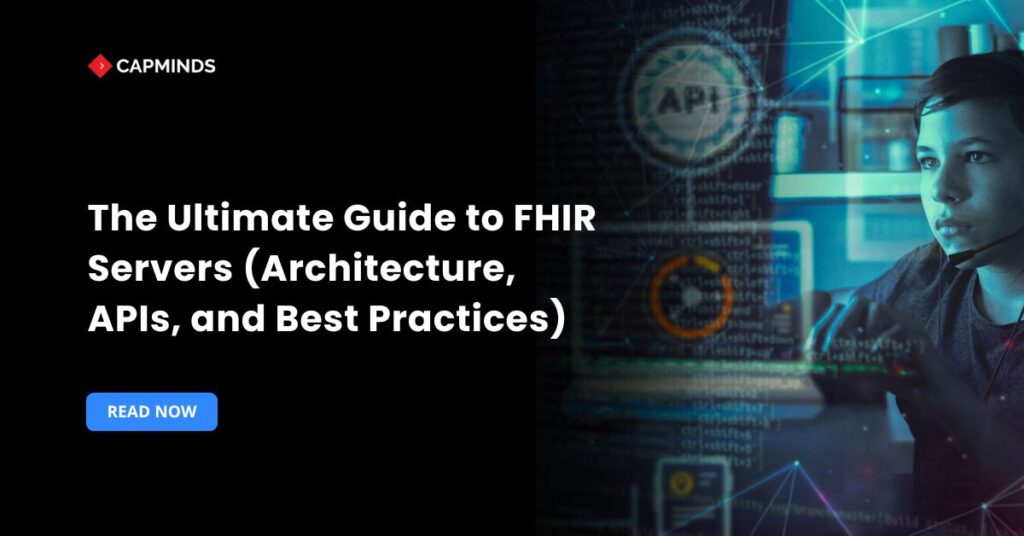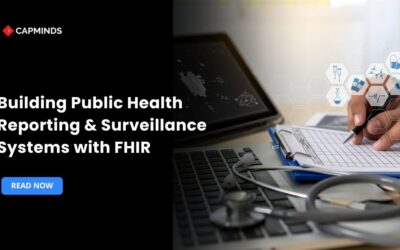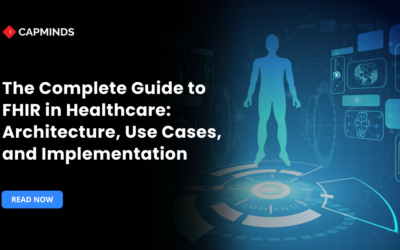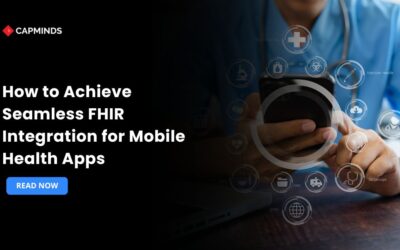The Ultimate Guide to FHIR Servers (Architecture, APIs, and Best Practices)
Healthcare organizations struggle with separated data across EHRs, lab systems, and mobile apps, making it difficult to share patient information efficiently and securely.
This fragmentation causes delayed diagnosis, duplicate tests, and administrative overhead, eventually compromising patient safety and increasing costs.
Implementing an FHIR server overcomes these difficulties by offering a standardized API and data model, allowing rapid interoperable apps, decreasing integration complexity, and ensuring secure healthcare data sharing across platforms.
Architecture of FHIR Servers
FHIR servers are built on HL7’s architectural principles of simplicity, modularity, and adherence to web standards. The service component is crucial to the framework, as it enforces FHIR metadata adherence and routes incoming HTTP requests to the appropriate handlers.
Behind the Service is the Interactions class, which performs specific FHIR interactions such as Read() and Search() and is delegated to an InteractionsStrategy, which contains storage logic and configurable business rules.
Event-driven architectures improve scalability, message brokers separate request intake from processing, allowing for real-time updates and elastic scaling of worker nodes that perform resource creation or analytical workloads.
Core Components and Architecture
1. Resource Model and Data Layer
A FHIR server maintains each resource type in its native format, typically JSON or XML, and maps resource elements to database fields for indexing and search.
In relational databases, SQL Server, PostgreSQL, or NoSQL (such as MongoDB) databases are used, based on performance and scalability needs.
2. API Layer and RESTful Services
- Use GET for read and search interactions.
- POST for the creation and transaction bundle processing.
- PUT and PATCH for updates.
- DELETE for resource deletion.
Advanced operations such as $validate, $export, and batch processing enable complicated workflows and data transformations that do not require bespoke endpoints.
3. Infrastructure and Deployment Patterns
FHIR servers can be deployed using several architectural models, including
- Sidecar/Adapter is an off-the-shelf FHIR server that works alongside existing EHR databases and syncs via messaging (Pub/Sub).
- Containerized microservices where FHIR servers are installed in Docker or Kubernetes for elasticity.
- Cloud-Native PaaS manages services, such as Azure Health Data Services. FHIR includes built-in scaling, monitoring, and compliance functions.
Related: HL7 FHIR Bulk Data Access: Setting a New Standard for UDS Reporting
Main Applications of FHIR Server
- EHR Integration – FHIR server connects EHR and other healthcare systems to view patient records in a unified way.
- Telehealth and RPM – It processes the exchange of data between providers and provides real-time data through remote monitoring devices.
- Medical Research – FHIR provides a standardised format for sharing data. It is important for research projects and for developing predictive analytics.
- Health Initiatives – Analyzing patient data from multiple sources that allows servers to identify trends and track the health population.
- Health Information Exchange – FHIR supports interchange of data between practices, allowing them to connect and share data.
Best Practices for FHIR Server
1. Security and Compliance
- OAuth2-based scopes are added by SMART on FHIR to provide more precise permission for internet and mobile apps.
- TLS Everywhere enforces HTTPS on all endpoints to ensure data in transit is encrypted.
- Audit logging tracks all interactions to ensure compliance with rules such as HIPAA and GDPR.
2. Performance and Scalability
- Caching utilizes HTTP caching headers, ETag, and Last-Modified to reduce server burden during repeated reads.
- Partitioning and sharding distribute data over different nodes based on resource type or tendency to increase throughput.
- Event-driven processing offloads analytics and background duties via message queues or streaming systems.
3. Reliability and Monitoring
- Health checks probes for container orchestration are exposed, including liveness and readiness.
- Prometheus and Grafana are used by metrics and alerts to gather, store, and track data that may be shown graphically through charts.
- Versioning strategy supports FHIR version upgrades along with backward-compatible endpoints to minimize downtime.
4. Extension and Customization
- Modular strategies employ subclasses of InteractionStrategy to integrate with external systems or custom storage.
- Extensions and profiles employ FHIR profiles to add extensions for domain-specific data and apply organization-specific restrictions.
- Testing practices automate compliance tests against the official FHIR test suite and utilize synthetic data generators for load testing.
Related: The Beginners Guide to Getting Started with FHIR on OpenEMR
CapMinds HL7 FHIR Service for Healthcare Practice
CapMinds offers the best all-in-one health interoperability solution for healthcare practices. Our HL7 FHIR service will understand your clinical needs and requirements to cater to our solution.
We have years of experience in this field, faced many challenges, and tackled them with ease. Why can CapMinds be your Go-to Interoperability Solution?
- We are experienced professionals with years of experience in the field.
- Our technical team is an expert that will analyze your healthcare practice thoroughly to tailor the Interoperability solution.
- We prioritize safety, security, encryption, and authentication to protect your healthcare practice’s patient data.
- Our comprehensive solution ensures seamless interoperability, adhering to industry standards and using standard protocols.
- We offer comprehensive training sessions to healthcare staff.
- Our affordable health interoperability solution benefits healthcare practices at all levels.
If you are searching for the best interoperability service for your practice, CapMinds is your choice. We can assist you by navigating all potential challenges and ensuring seamless health data exchange.
Reach out to CapMinds Health Data Exchange Solutions for your Healthcare Practice.




